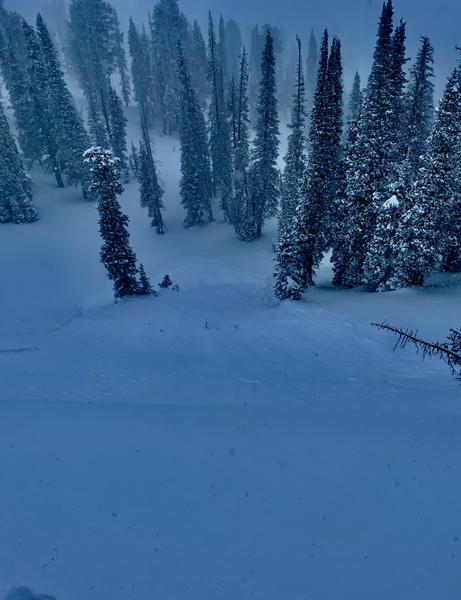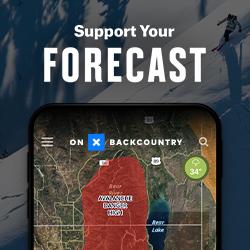Forecast for the Ogden Area Mountains

Issued by Mark Staples on
Monday morning, January 13, 2020
Monday morning, January 13, 2020
Today the avalanche danger is CONSIDERABLE at upper elevaitons where fresh slabs of wind drifted snow are the main concern.
At mid elevations with generally less wind the danger is MODERATE, and at low elevations there is mostly just great powder and a LOW danger.
REGARDLESS of the elevation or danger rating, watch for fresh wind slabs that could fracture and produce an avalanche. Also avoid being in or above a terrain trap like a creek or a gully where even a shallow sluff of new snow could potentially bury a person.
REGARDLESS of the elevation or danger rating, watch for fresh wind slabs that could fracture and produce an avalanche. Also avoid being in or above a terrain trap like a creek or a gully where even a shallow sluff of new snow could potentially bury a person.
Heads up if riding near Farmington or Bountiful - scroll to the bottom for more info

Low
Moderate
Considerable
High
Extreme
Learn how to read the forecast here






